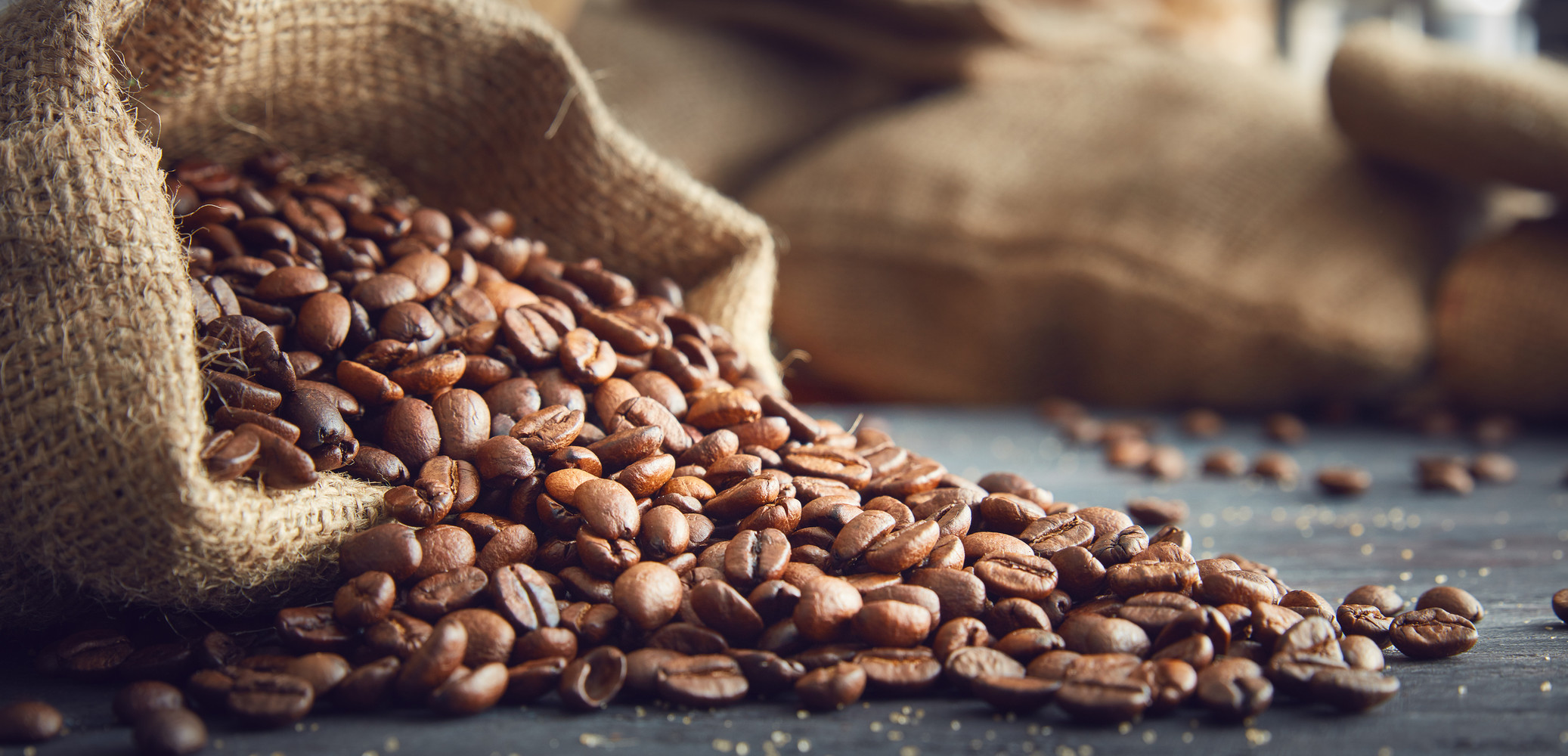Nutritional principles
Facts and additional tips about your Metabolic Balance meal plan
Carbohydrates
Whole grain rye bread
How much whole grain rye bread can you eat?
- The amount is in your plan. The information is calculated in slices of bread.
- One slice of whole grain rye bread should weigh 25g.
- A slice of whole grain rye crispbread should have 10g to 15g.
- Bread is always optional. You don’t have to eat all of the whole grain rye bread on your plan. However, the amount on the plan should not be exceeded.
Please eat only pure whole grain rye bread without yeast!
Unfortunately, rye bread may contain up to 10% wheat without having to declare this fact on the label. Your bread should be 100% rye without any other flour additives!
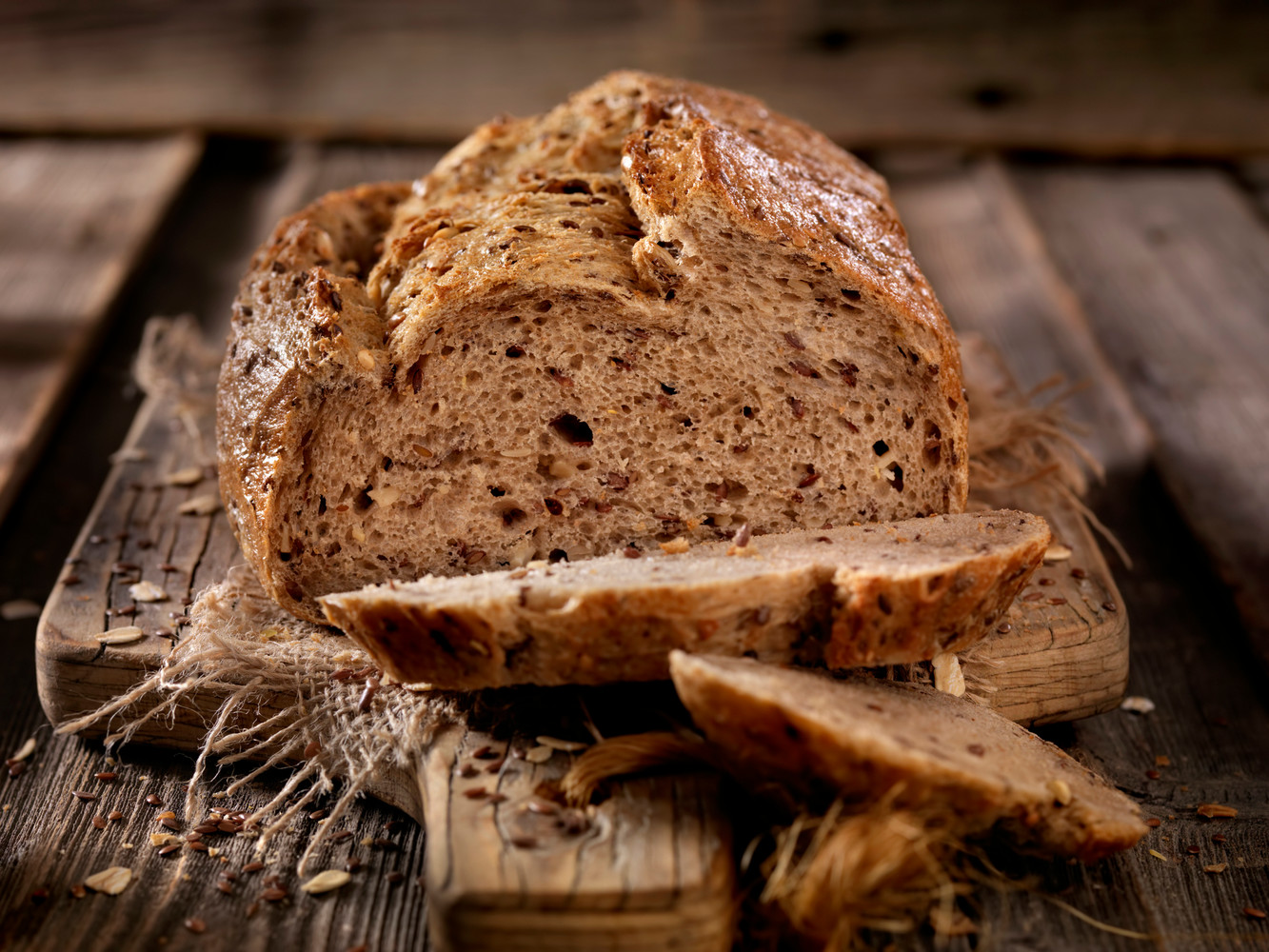
Suitable items:
- Whole grain rye bread -
This consists of rye flour and rye meal plus peel. - Whole grain rye shot bread
- Whole grain rye bread crispbread -
Please check whether the crispbread you wish to buy is really pure whole grain rye crispbread. There are now many varieties that contain other flours or have been baked from or with extract flours.
Not suitable items:
- Mixed rye bread -
Ordinary mixed rye bread has soft crumbs. It usually has a relatively high proportion of wheat and rarely has any whole grain content at all. However, it’s often baked with yeast even if it’s called “sourdough bread.” - Whole grain bread -
Most whole grain breads are not really whole grain at all. They are baked with flour extracts, course ground rye and often with oil seeds. Most of them contain yeast and very often molasses or other colourings, flavours, and sugars. - Pumpernickel -
Most pumpernickel loaves are mixed with molasses, which is a sugar syrup that gives them their dark colour and sweet taste. In fact, pure rye pumpernickel is also available without this added sugar, but in general pumpernickel is not suitable for the Metabolic Balance meal plan. This is because pumpernickel has a slightly sweet taste and during the baking process, sugar is formed and this could lead to regular sugar cravings.
Why does Metabolic Balance only recommend whole grain rye bread?
In the case of whole grain rye bread, your metabolism needs a lot of time to break down glucose from the starch. As a result, the insulin level only rises very slowly – as is the case with “fast carbohydrates,” and it doesn’t skyrocket only to drop sharply again and this makes you hungry.
Wholemeal rye bread ‘fills you up’ better than other breads and it also contains more fibre.
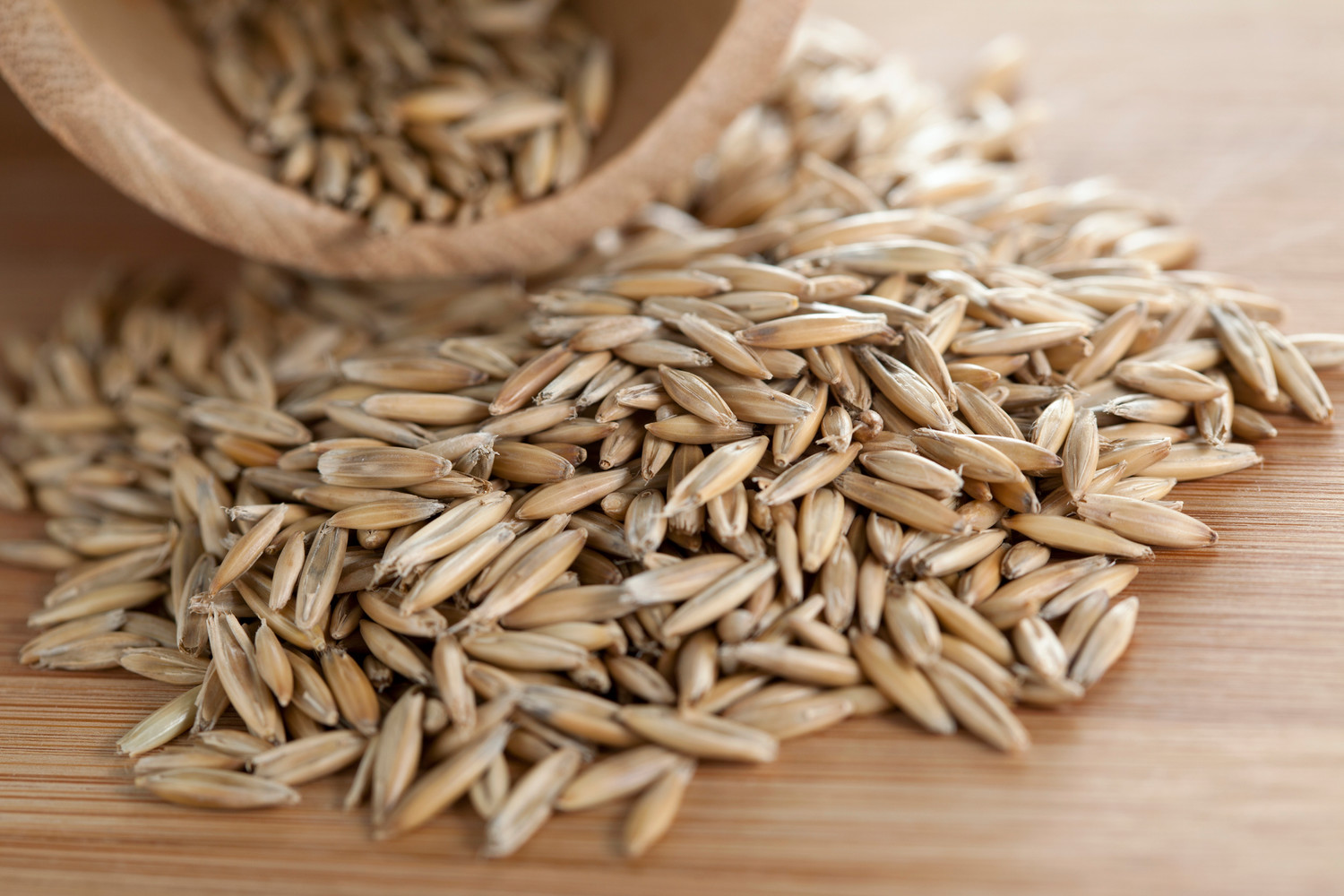
Fruit
- Do not mix fruit.
- Eat only one fruit with each meal.
- You may eat a different fruit with each meal.
- Eat an apple every day.
- Always eat fruit as part of your meal, but never in between meals.
If you have dried fruit on your plan, you can exchange it for fresh fruit in the ratio of 45g dried fruit to 120g fresh fruit. However, substituting dried fruit for fresh fruit is not permitted.
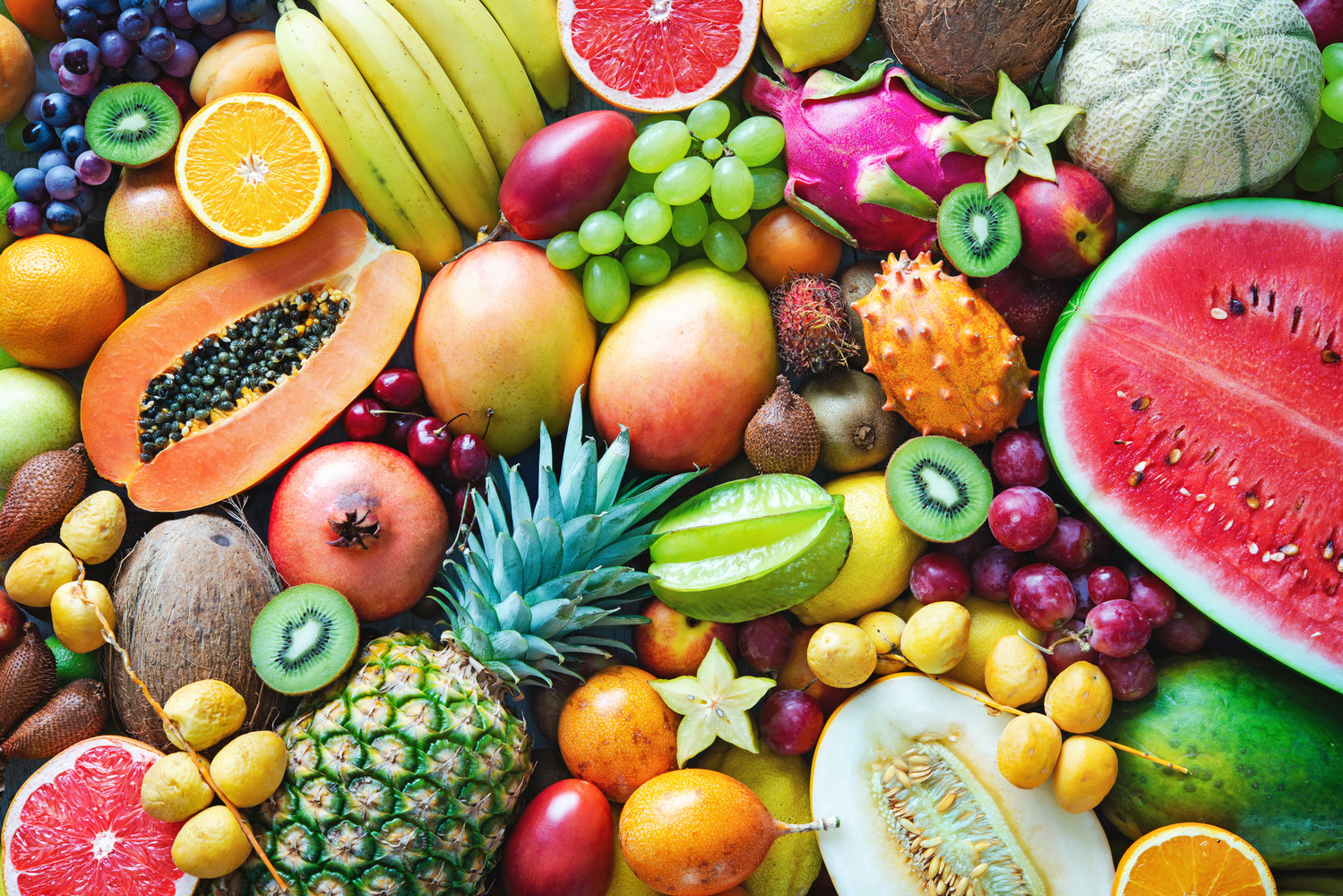
Apples of old varieties are healthy all-rounders
The apple is one of the oldest wild and cultivated fruit species produced by an apple tree (Malus domestica). For thousands of years, apples have had special mythological and religious cultures, including the Egyptians, Greek, Norse, and Romans. For instance, apples are a part of the Bible story of Genesis about Adam and Eve. Many folk remedies also used apples to make herbal teas, vinegar, and alcohol.
European colonists first bought apples to North America during the 17th century. There are more than 7,500 varieties grown around the world.
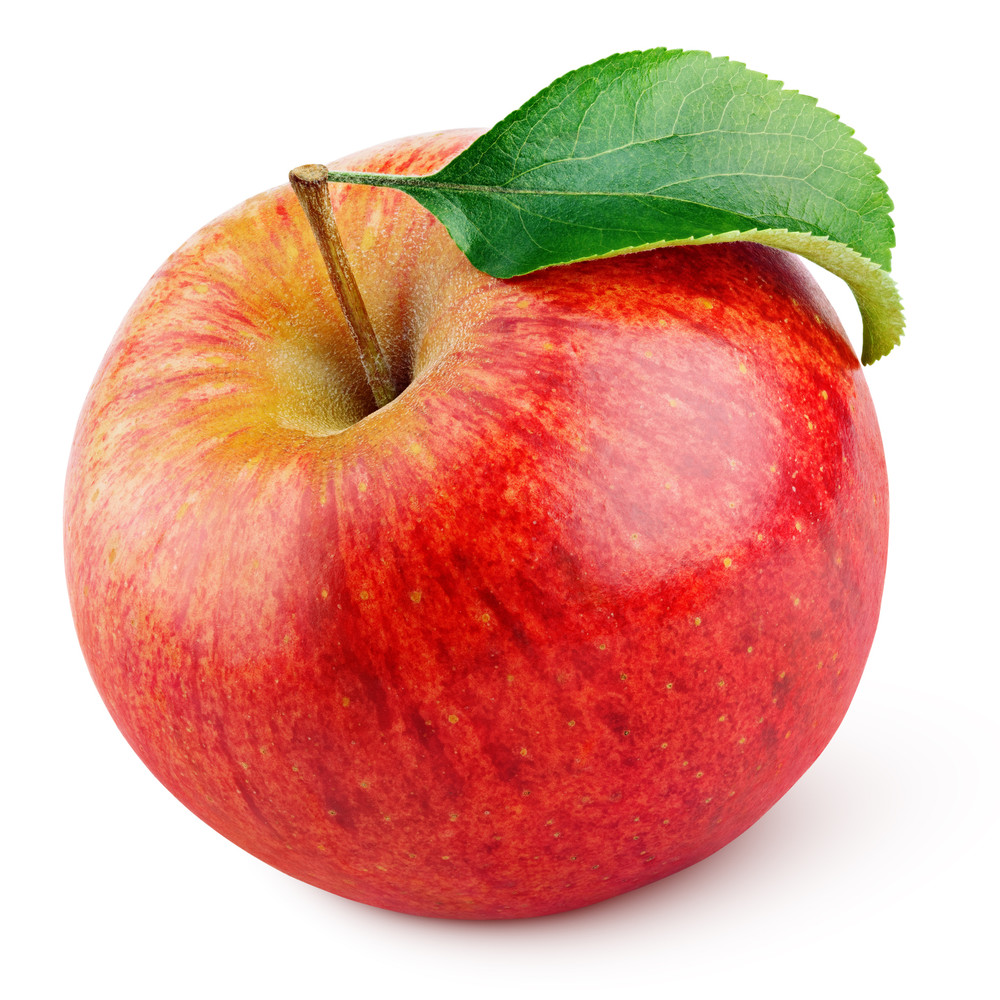
New apple varieties can increase the risk of allergies
While apples are delicious and full of nutrients, they can also cause allergic reactions in some people. Just minutes after consumption you will begin to notice tingling, swelling, and itching in the mouth, lips, and throat; shortness of breath; and diarrhea, stomach discomfort and cramps.
An apple allergy is often occurs when an apple’s polyphenol levels are too low. Polyphenols are a type of antioxidant found in plants that combine with the allergy-triggering proteins in the apple, and this makes the apple much more tolerable for consumption. Polyphenols also help combat free radicals. Types of polyphenols in apples include quercetin, chlorogenic acid, catechin, and phloridzin.
Old apple varieties often contain significantly more polyphenols than the newer varieties. Polyphenols give apples a sour taste and become brown quickly when bitten. As a result, these characteristics, along with the polyphenols were taken out of the newer varieties. Now, the newer varieties of apple are sweeter and fail to brown as quickly; however, they also trigger an allergic reaction much faster.
Tip: Most proteins are found in the flesh of the apple skin and change when heated.
Avoid certain new types of apples, including:
- Ambrosia
- Elstar
- Jonagold
- Honey Crisp
- Sunrise
- Golden Delicious

Choose old apple varieties
Instead, choose the older variety of apple. In addition to important vitamins, mineral, and polyphenols, the older varieties contain more fiber, including pectin and cellulose. During digestion, these fibers bind to heavy metals, cholesterol, and other waste products, and excrete them from the body. Another benefit of older apple varieties is they contain more vitamin C than the newer varieties. At the same time, imported older apples have less vitamin C than older varieties from a local orchard. Food loses its nutritional value the longer it has to travel.
The following are some older varieties:
- Red Delicious
- Empire
- McIntosh
- Jonathan
- Granny Smith
- Braeburn
- Royal Gala
- Northern Spy
- Shamrock
- Grimes Golden
- Idared
- Jersey Mac
- Paula Red
- Spartan
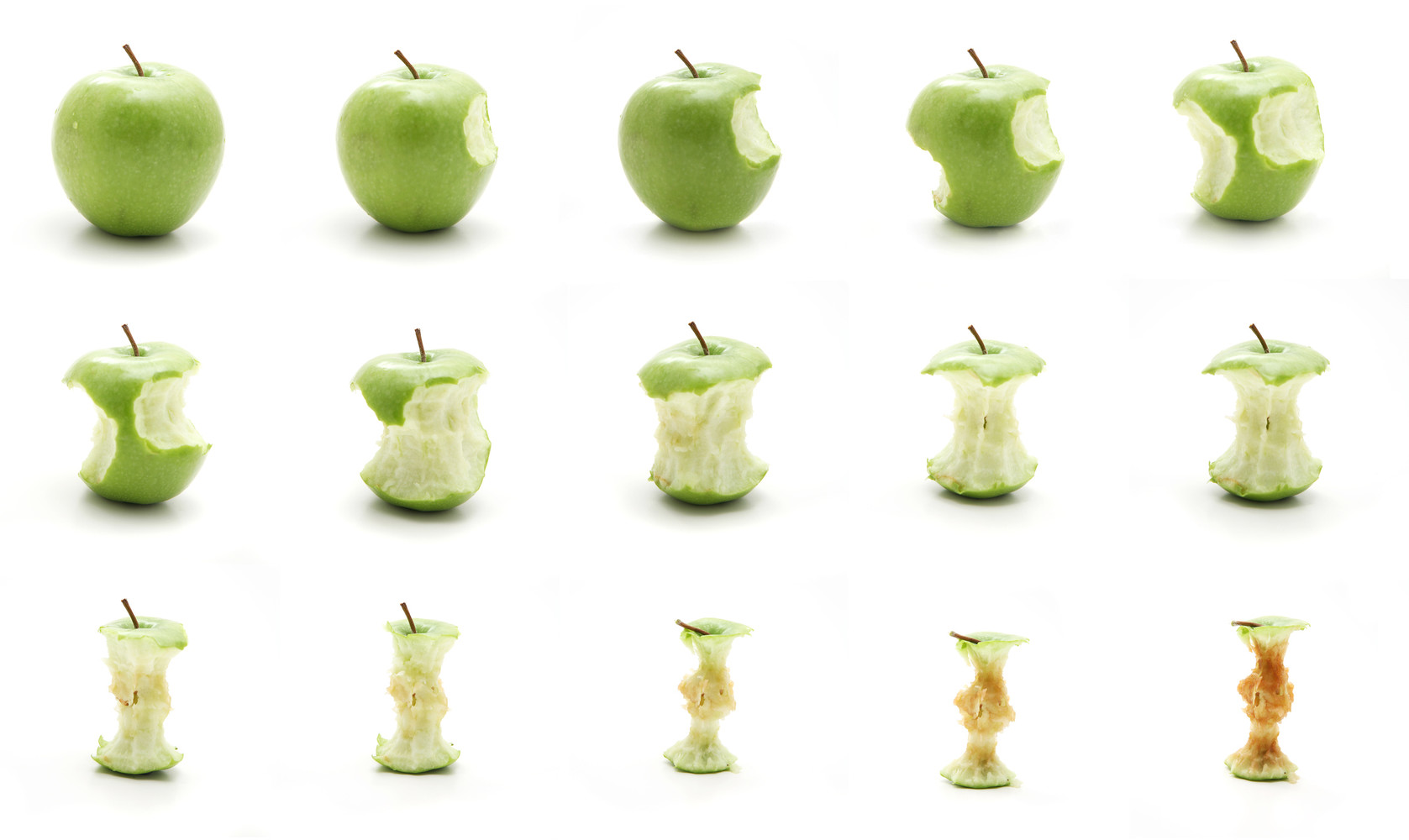
Proteins
- Start each meal with a bite of protein.
- Please eat only one type of protein per meal.
- Please eat each type of protein only once a day.
- Never combine proteins, either within the group (such as two types of meat) or among the groups (such as meat with cheese).
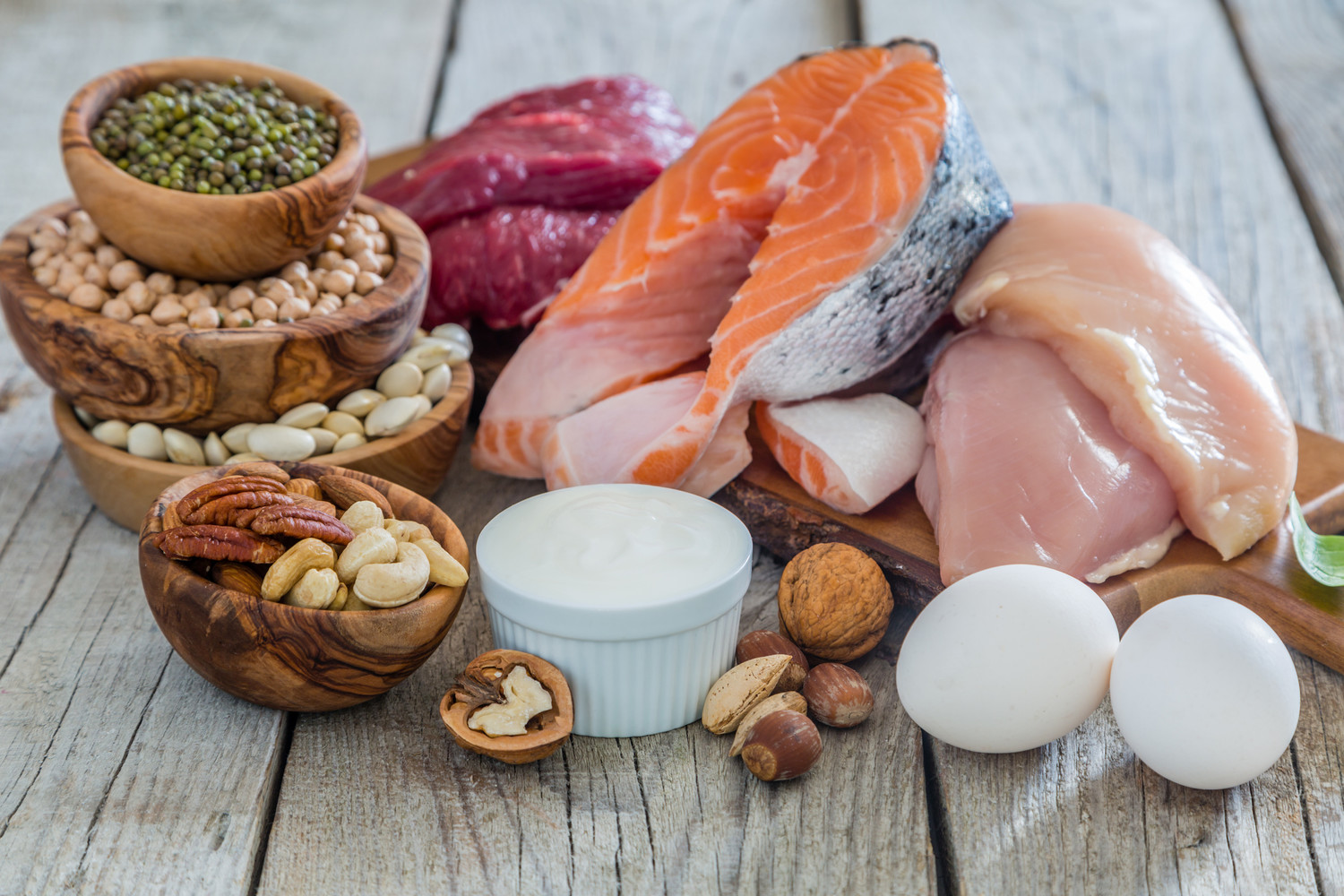
Fish and seafood
These are considered two separate protein groups in your meal plan. This means that on the same day you can have a meal with fish and a meal with seafood.
You should not combine them during meals though. For instance, you may not mix fish with shrimps.
Special features of the soy group
Products from soy groups 1 and 3 if you have them on your plan) can be eaten on the same day, but not at the same meal, because they have different spectra of amino acids.
-
Group 1: Soy beans, soy milk, and tofu or smoked tofu
-
Group 2: Soy yogurt
- Group 3: Soy seedlings and soy sprouts
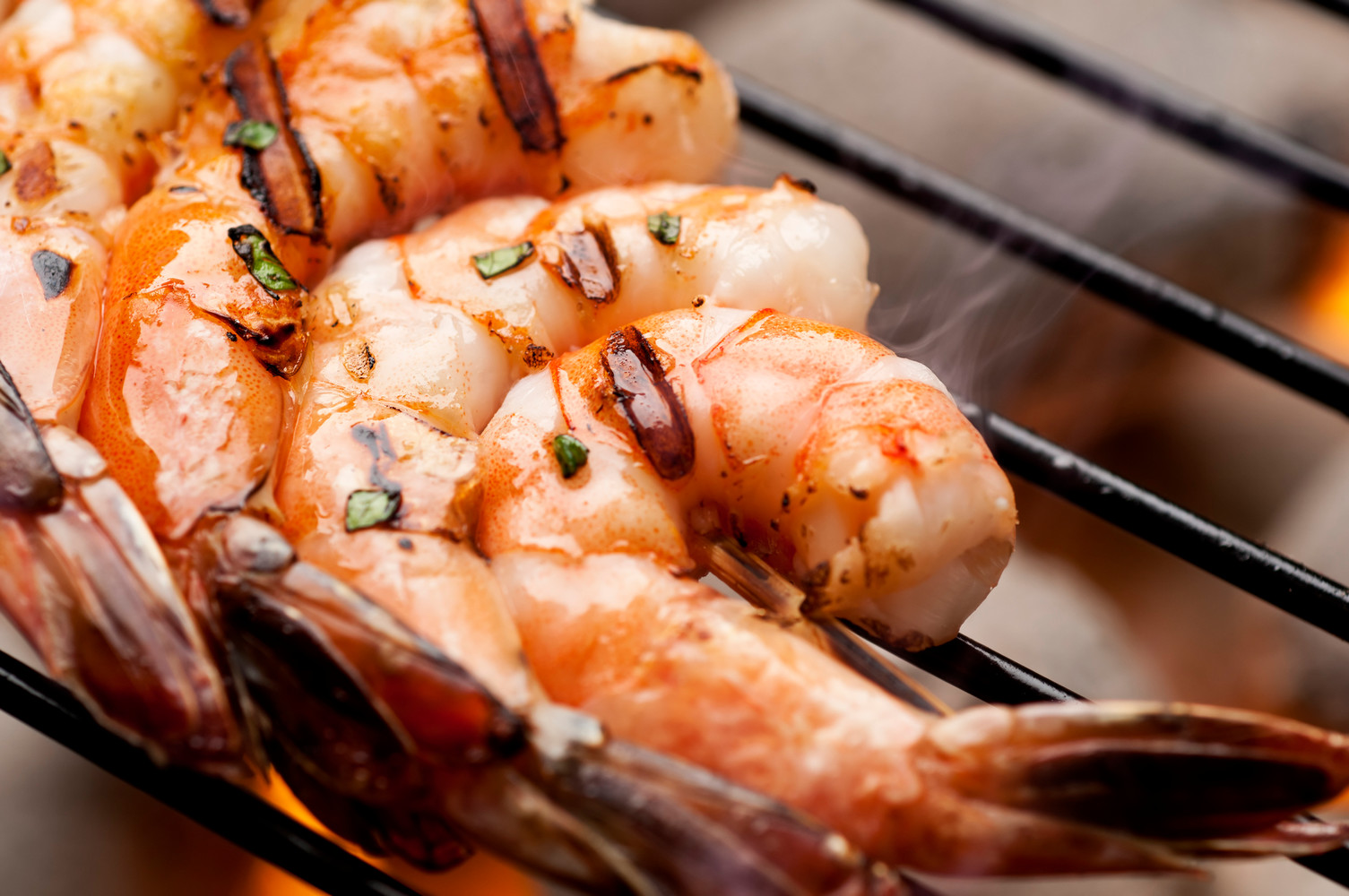
Other protein groups
- Meat
- Poultry
- Dairy (cow) milk products, such as cheese, cream, or yogurt
- Sheep and goat milk products, such as cheese, cream, or yogurt
- Oyster and shiitake mushrooms, while all other mushrooms belong to the vegetable category
- Eggs
- Nuts and seeds
- Sprouts
- Legumes
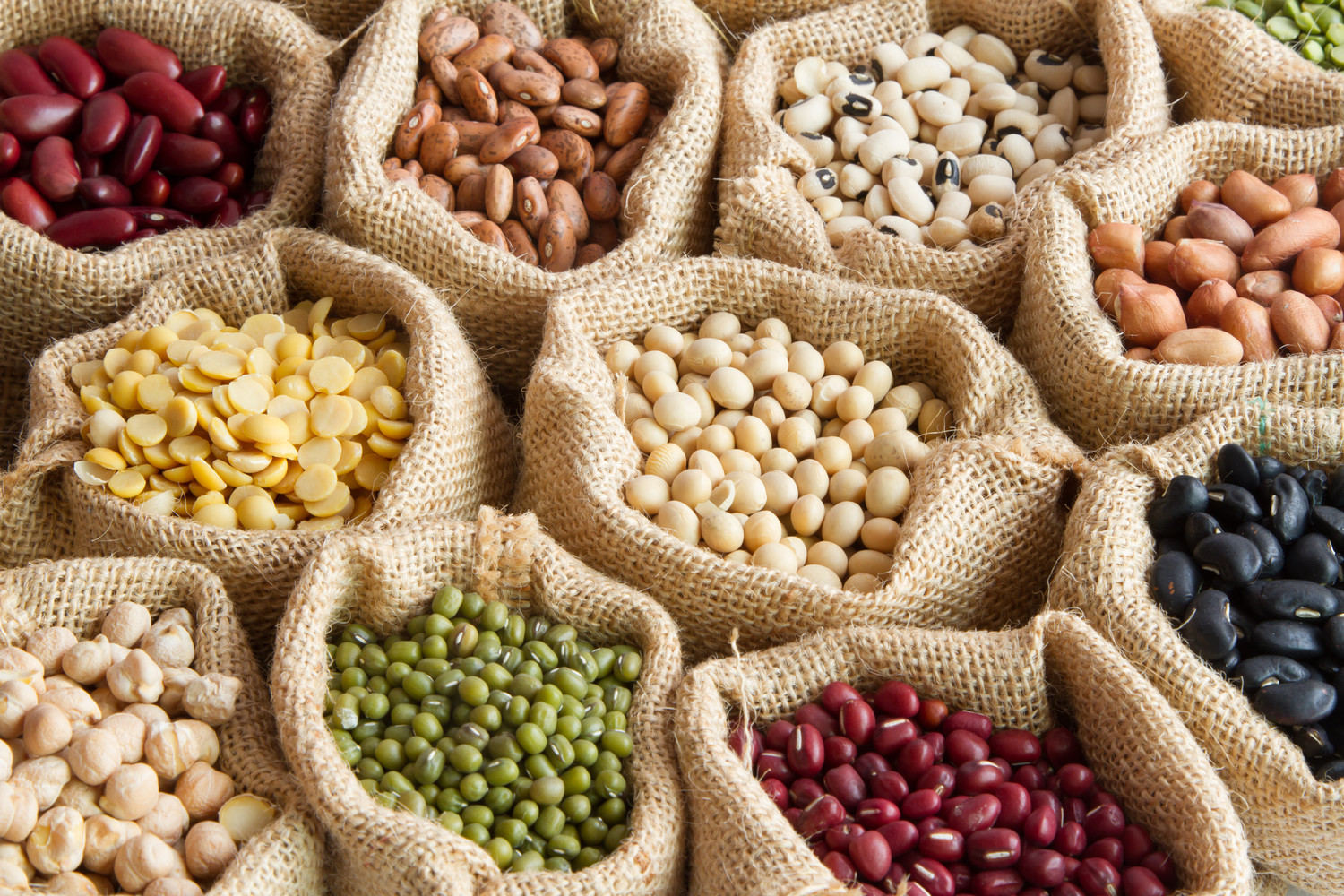
Fats & Oils
In phase 1 (cleansing phase) and the following 14 days of the strict phase 2, the addition of oils is not permitted for some clients. But, after the 14 days, feel free to consume oil.
There is an incredible number of oils, each with its own qualities and taste sensations.
How much oil can I consume?
Three tablespoons per day should be the minimum.
In addition, we recommend that you also take at least one tablespoon of flaxseed oil per day in addition. Flaxseed oil contains omega-3 fatty acids and is the star of the recent research.
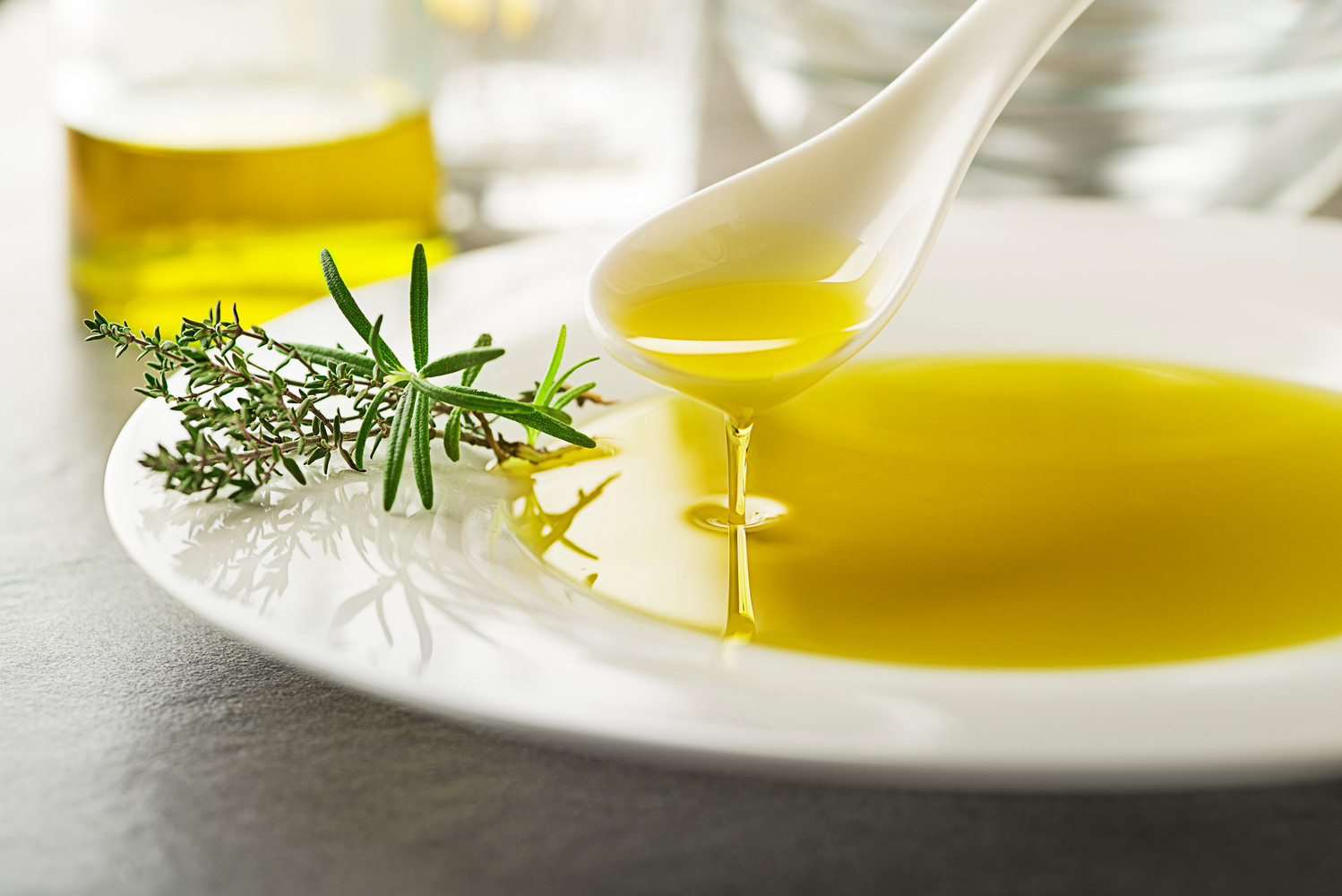
Frying with oil
Please never heat cold-pressed oils. This will reduce their taste and their overall nutrient value. We recommend native virgin coconut oil or ghee for frying. They are very heat-resistant with a high smoke point, which is useful for frying.
Seasoning with oil
If you’ve only used oil for salad dressings and frying up until now, then your taste buds are in for a treat. Many of our clients season their food with oil. Some people also add a teaspoon of poppy seed or nut oil to their yogurt in the morning. Others will sprinkle a little chili oil over their fried fish. Just try them out and see what works best for you.

Selecting oils
Please make sure that the oil you use comes from organic, biodynamic cultivation. Many harmful substances are fat-soluble, and therefore they remain in the oil and enter your body. The same thing also applies in particular to pollutants from plastic packaging.
Also make sure that your oil has not been chemically filtered.
Oil loses its quality and taste when exposed to light and air. This is why ambitious oil manufacturers make sure they use closed systems. So if you buy oil made by hand in a small ancient oil mill with open millstones during your vacation, you have not necessarily bought the best possible product.
On the other hand, even small oil farmers bring their harvest to highly-professional closed presses and the final product is a high-quality oil. The size of the manufacturer does not necessarily result in a quality oil product.
Also pay attention to the packaging of your oil. Light and air should not be able to enter the bottle.
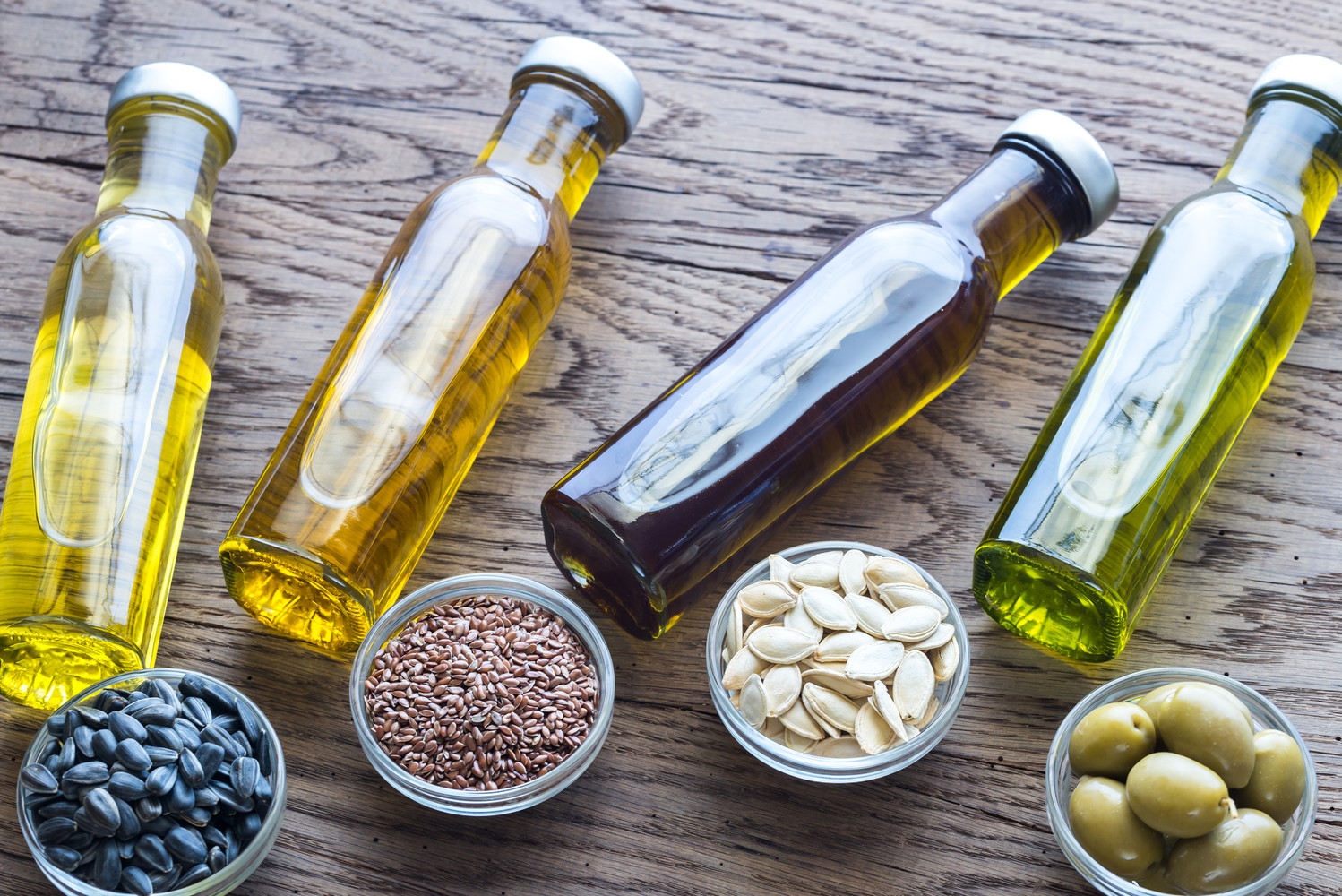
Omega-3 and Omega-6
Omega-3 and omega-6 fatty acids have important functions in many metabolic processes, and these functions influence each other. Omega-3 and Omega-6 fatty acids are the basis for the formation of hormones, which in turn are indispensable for metabolic processes, such as blood clotting, inflammatory processes, and cell renewal. Deficiencies in omega-3 and 0mega-6 fatty acids can lead to growth disorders, skin changes, and a greater risk of infection.
However, the body cannot produce them itself, so they have to be supplied from outside.
The omega-3 fatty acids, eicosapentaenoic acid (EPA) and docosahexaenoic acid (DHA) are found abundantly in fatty fish, such as tuna, mackerel, salmon, or herring. People who do not like to eat fish have vegetable alternatives such as flaxseed oil, gold of pleasure oil, hemp oil, or walnut oil. Flaxseed oil, with an alpha-linolenic acid (ALA) content of 50%, is one of the richest sources of this important fatty acid.
Among others, omega-6 fatty acids include linoleic acid (LA) and arachidonic acid (AA). Good sources of linoleic acid mostly include sunflower oil, safflower oil, maize germ oil and wheat germ oil, but there are many others as well.
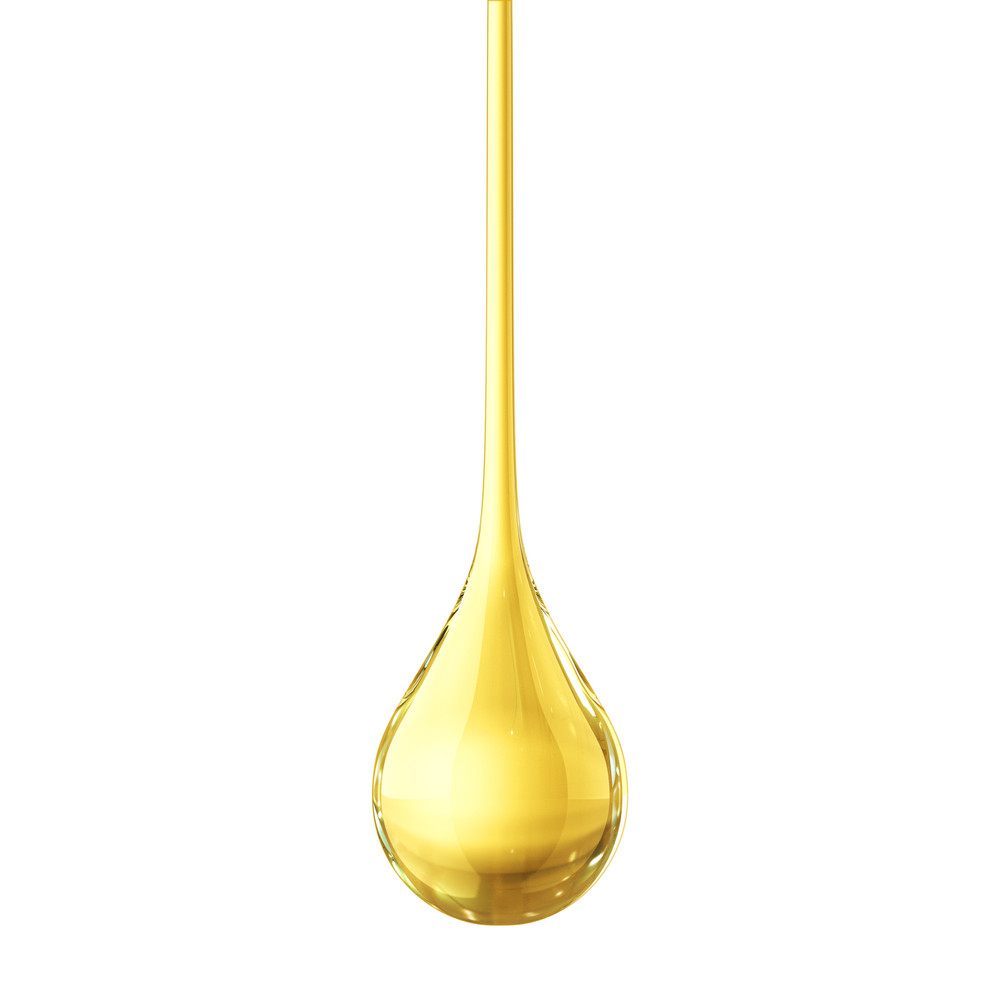
Herbs and spices
Garlic, ginger, and other fresh herbs may be used in typical spice quantities, even if they are not clearly listed in the plan.
The situation is different with onions, however; since they count as vegetables and may only be eaten if they are listed in the vegetable section of your plan.
Lemons may only be used if they are on your fruit list, but a little bit of grated lemon can also be sprinkled on your food in small amounts. Please ensure that you use organic and chemical-free lemons!
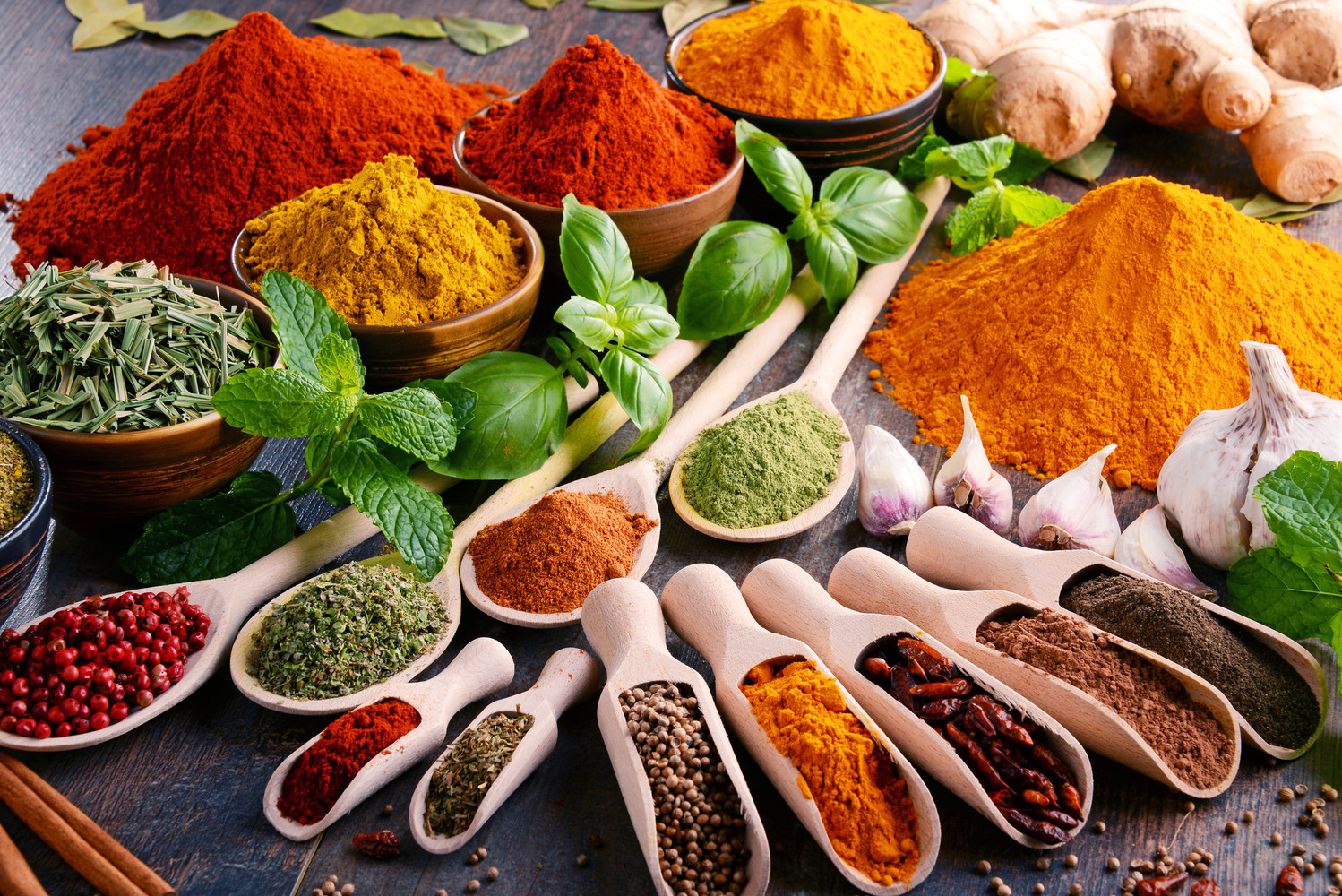
Coffee
Whether or not you want to drink coffee is ultimately up to you. Many clients decide to give up coffee altogether during their change of diet and stick by their decision. Although, in terms of its cultivation and ingredients, coffee definitely has its controversial side, while it also comes with potential side effects. Risks of drinking coffee include caffeine addiction, chronic fatigue, and anxiety.
But, if you do decide to drink coffee, consume it only at mealtimes or immediately after a meal. If possible, do avoid drinking coffee between meals.
Do not count the amount of coffee you drink against your water consumption. And please, don’t add milk or sugar to your coffee!
At the start, many clients are horrified by black coffee, but almost everyone gets used to it very quickly and some of them later lose their taste for drinking coffee with milk.
